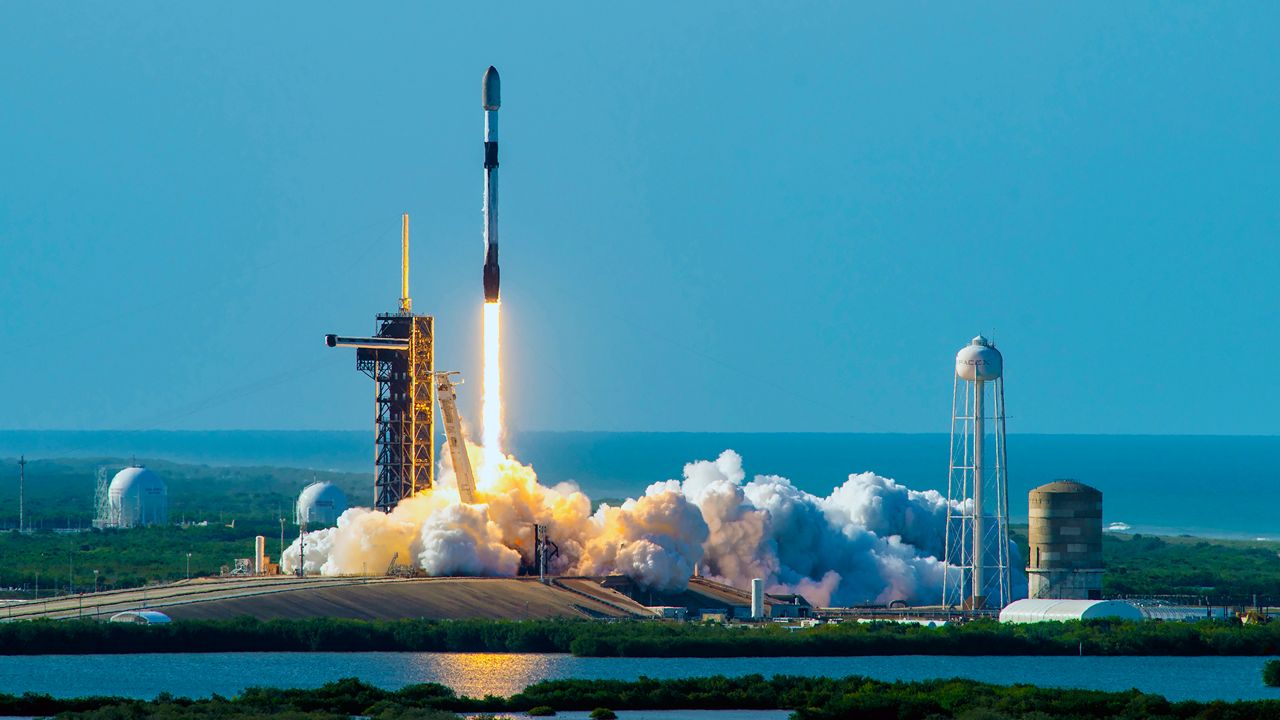The recent Microsoft CrowdStrike glitch has sent shockwaves through the global tech industry, raising alarms among businesses and cybersecurity experts alike. This unprecedented error, marked by the infamous ‘your device ran into a problem and needs to restart’ message, coupled with fake hacking screens, has not only disrupted operations but also highlighted significant vulnerabilities in our increasingly digital world. The glitch, identified as version 8.5, has impacted countless systems worldwide, leading to substantial economic repercussions. This article delves into the multifaceted economic impact of this glitch, exploring its implications for businesses, consumers, and the broader market.
Overview of the Microsoft CrowdStrike Glitch
On 12 October 2022, the world witnessed what could be one of the biggest errors in Microsoft’s cybersecurity history. A pearl caught in the oyster created a Microsoft CrowdStrike glitch, version 8.5, infamously known by users all around the world as the glitch that crashed devices. The glitch had three stages. First, users were presented with the ominous blue screen messages. Shortly after, one of the few fake hacking screens in the world popped up. Then, at the final stage, users were presented with yet another fake screen telling them the device was under attack with malware and needed to restart again. The glitch seemed to be based on a version conflict arising in Microsoft’s Crowdstrike system. According to Microsoft, almost all of their customers who purchased their cybersecurity bundle were affected by it. The full extent of the damage is not well known, but it seemed to have affected companies in most sectors. People within Microsoft did the right thing by quickly closing all the back and front doors of their cybersecurity protections, which led to severe operational setbacks that lasted for days. Important documents and data were also lost, and the incident opened the door for additional cyberattacks. The Microsoft CrowdStrike glitch shows some of the potential operational weaknesses of cybersecurity sold and used in integrated forms, rather than in a modular manner.
From Singapore to Scunthorpe, companies big and small experienced a loss in productivity and income. Manufacturers, divisions of various organisations, and small business owners found themselves staring at networks that would not perform. The logistics required to get systems up and running were substantial. Not only did many businesses lose the ability to function for a time, but in order to correct the problem, they were forced to order IT support and even sometimes replacing hardware: all of these expenses adding up. In fact, no sooner had Microsoft issued its apology than it was hit with a 2 per cent drop in its shares. This in turn pushed down the price of all American stock futures, sending jitters through the market and causing Microsoft’s various technology partners to react immediately.
Impact on Business Operations and Productivity
A geo-potential business disruption due to Microsoft CrowdStrike glitch was seen across the globe where the shutdown of operations without warning triggered errors more than once with fake hacking screens appearing in between. The immediate stoppage of work forced the employers to take time off to look into the issues at hand. Numerous companies had to employ tech experts to troubleshoot after the glitch affected their computers. The undue pressure brought about by such a situation contributed to a rise in operational expenses aside from pushing back deadlines of existing projects and disrupting delivery schedules of many companies which are solely dependent on the IT sector for their core services. These include the financial service, health service and logistics industries.
Value-wise, the productivity losses meant significant financial setbacks for thousands of organisations. Without systems up and running, business opportunities were missed, transactions cancelled, and customers’ trust dwindled. The costs of lost productivity (related to the glitch), plus intervention and data recovery costs (incurred by the IT emergency), put pressure on budgets. At the same time, the glitch brought to the fore the security hazards of IT, prompting extra spending on ways to increase the cybersecurity of businesses. Spending on the rebound further increased the economic damage, pointing to the need for more resilient and adaptive digital infrastructures in order to lower the probability of similar (future) disasters.
Consumer Trust and Market Confidence
Given the potential ripple effects in consumer trust and market confidence, the Microsoft CrowdStrike glitch was no minor matter. You remember the ‘your device ran into a problem and needs to restart’ message, and then the fake hacking message when your computer did restart. Consumers who found the screen frightening were not unreasonable in losing trust in Microsoft – that the software giant would errantly deliver messages about its own products were unsafe was worrying, and that it might sell that software to a valuable customer such as Best Buy was potentially unnerving. For companies and brands, customer confidence is of mounting importance, and the glitch exposed them to the need to manage customer concerns and protect reputational damage.
Market confidence was shaken as investors reacted to the glitch, especially in the tech sector, which is hypersensitive to issues around cybersecurity. Microsoft’s shares reacted to the news of the glitch; so did left-field companies, as the report showed that Microsoft’s ecosystem was affected by the incident, and as stock markets opened, investors repositioned themselves. The incident did not just affect individuals, as the US tech industry faces another downturn, a few months ago it showed how scraps of malicious computer code could in an instant bring the whole industry to its knees. But perhaps most importantly, it showed how it went on to affect the rest of the world.
Long-term Economic Implications
Lastly, given certain long-term economic impacts of the Microsoft CrowdStrike glitch, the incident might result in a re-evaluation of cybersecurity practices and investment decisions within companies. Given the potential operational risks associated with integrated software solutions, organisations might begin looking to spread cybersecurity operations to different firms, which might spur further spending that goes towards cybersecurity.
Moreover, it could prompt legislative changes and industry-wide standards. For example, governments and regulatory bodies could increase cybersecurity thresholds, forcing firms to upgrade their defences. The tech crackdown could boost compliance costs, and require fundamental changes in how companies manage their IT infrastructure. Although these changes could burden budgets in the short term, they are necessary for strengthening a more secure and resilient digital economy. The ongoing preparation for a faulty future could catalyse broader cyber security improvements, reducing the risk of future incidents.
Strategies for Recovery and Mitigation
Businesses should implement comprehensive recovery measures to cushion against the effects of the Microsoft CrowdStrike glitch, starting with an impact assessment. Questions that need to be answered include, for instance: How much data did the Microsoft server outage affect? Which systems were affected? And how to recoup the lost forex positions? Having assessed the damage, firms should leverage the intervention of their IT professionals to fix (or recover) the damaged systems. This is also the time to frontally address and rectify any security loopholes that may have been utilised by the Microsoft CrowdStrike glitch.
We need mitigation to ensure that the same glitch doesn’t happen again, and to improve the cybersecurity resilience of firms, nations and the internet infrastructure. When it comes to mitigation, organisations could invest in advanced threat detection and response systems that scan their systems for unusual behaviour and shut down anything that mimics the behaviour of NotPetya. Regular security audits, employee training, and security backups are also key components of a forward-looking cybersecurity strategy. Companies should also reduce their reliance on one or a few cybersecurity vendors, as Vanterpool suggests. Just as investors diversify their stock portfolio by not putting all their money in tech stocks or prime Manhattan real estate, we should expect businesses to avoid the considerable risk of relying too much on one vendor who could sustain a glitch. Ultimately, these glitches will continue to happen, and mitigation measures like those described here will be essential to weather the next economic storm.
Lessons Learned and Future Outlook
It’s now evident that there are several important lessons we can all learn from this brief Microsoft CrowdStrike glitch – for business in general, not just the tech industry. Firstly, is the need to have in place sound and adaptable cybersecurity frameworks; ensuring that they are continuously monitored and further developed to combat an ever-evolving threat landscape. Secondly, there is a need for effective and transparent communication within a cyber emergency, especially between those impacted and their stakeholders, to mitigate panic and the loss of confidence.
In the longer term, the outlook is for a far more cautious and circumspect approach to cybersecurity. Businesses all across the West will have to significantly ramp up their investments in cybersecurity technologies and expertise, which should send the cybersecurity market into an expansion phase. More importantly, the whole affair is triggering a deep debate over the role that artificial intelligence and machine learning-powered systems can play in improving the robustness of security protocols. A new tech landscape will arise out of the debris generated by this glitch, and a better future of enhanced cybersecurity will be built upon the lessons taken from this incident. With an increasing share of the global economy’s output riding on digital infrastructure, we have compelling reasons to hope that such an incident will not repeat itself.
Conclusion:
Beyond the freak incident of Microsoft CrowdStrike being hacked first by War on Crime, then Ali Bradley, the glitch has revealed something fundamental about the design flaws of our digital infrastructure and the vast, often covert economic consequences of cybersecurity failures. When businesses and homeowners were denied access to their lifelike digital dolls, it wasn’t just the little girls and boys around the world who became depressed. Any operational disruption, however brief, has economic consequences. But the high publicity of this glitch had further reaching effects as it spurred long-term shifts in the investment and regulatory landscape. Businesses and consumers learnt that corporate cybersecurity has become a make-or-break issue. For the tech industry at least, one can hope that it also learnt how to do better.




